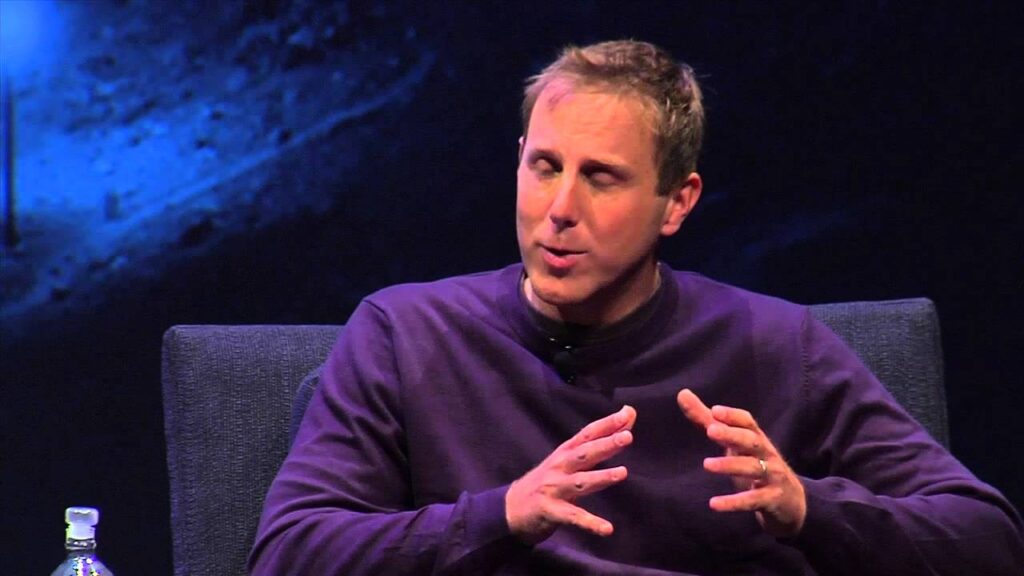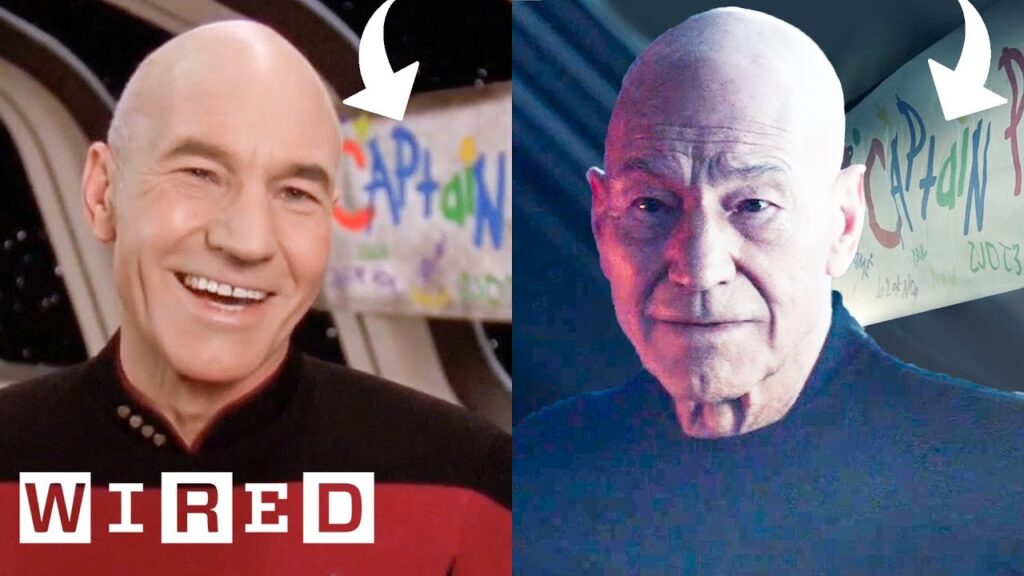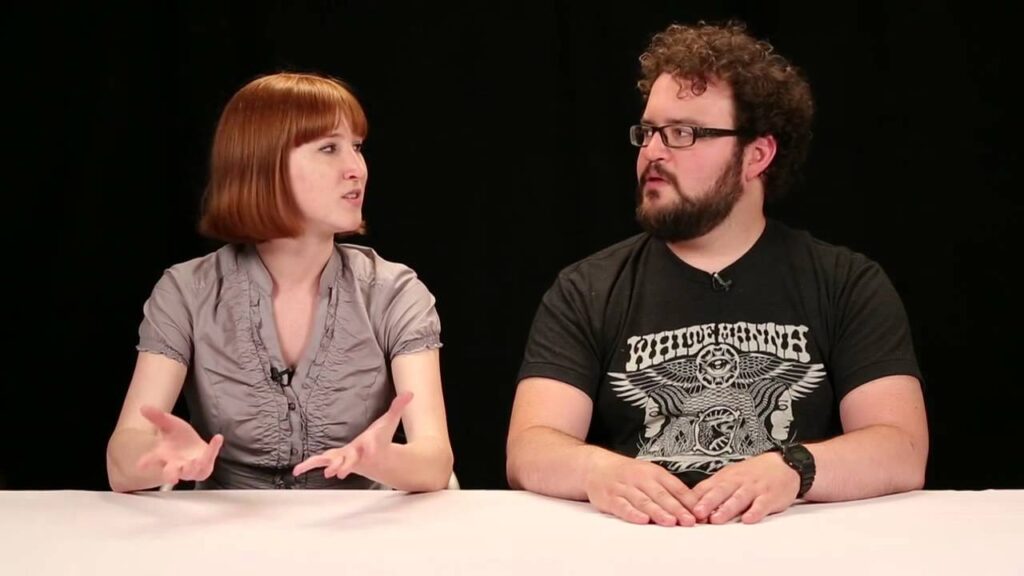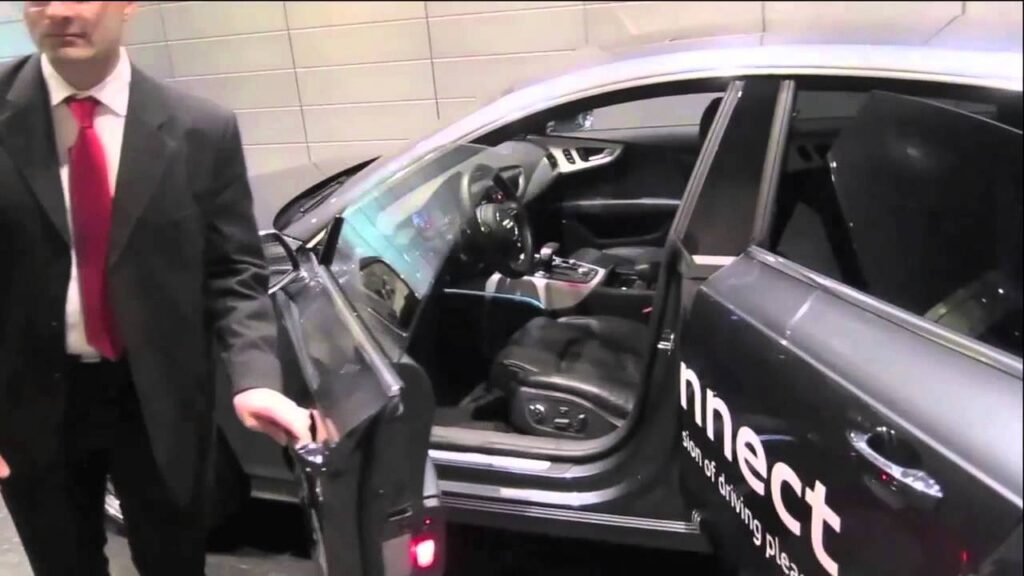Behind the Scenes of Chappie: Creating a Fully Digital Character
Summary
Chappie, the world’s first true AI robo in the film named after him, is a fully digital character. Image Engine did approximately a thousand shots of Chappie alone, which means the CGI Chappie is seen in the film for about 60-70 minutes. On set, actor Shalto Cople played Chappie while being filmed with a GoPro camera. All interactions with Chappie required meticulous tracking and animation, which became even more important as the character gets shot, loses his arm, and goes through other damages in the movie. In total, 17 Chappies were created for the film.
Table of Contents
- Chappie – A Fully Digital Character
- Filming Chappie On Set
- Meticulous Tracking and Animation
- Creating A Digital Version of The Moose
- Conclusion
Chappie – A Fully Digital Character
In the 2015 sci-fi film Chappie, Chappie, the world’s first true AI robo, was created as a fully digital character. While Weta Workshop made great reference props, every shot of Chappie interacting on screen is a full digital replacement. In fact, Image Engine worked on about 1,000 shots of Chappie alone, which means the CGI character is seen on screen for about 60 or 70 minutes.
Filming Chappie On Set
During production, one Chappie did not fit all. Shalto Cople played Chappie but was not motion captured. Instead, he donned a grey suit and performed with a GoPro camera. Hundreds of hours of robot vision footage were captured on these cameras, and the production team selected the best footage to be directly turned into the robot’s vision. The challenge for the VFX team was to remove Shalto from the shot, create a clean plate, and animate Chappie and his interactions with the scene. The production encouraged as much contact and interaction with Chappie as possible for authenticity, even though animators found it challenging.
Meticulous Tracking and Animation
Chappie is made up of multiple digital assets in the film. As the film progresses, the character gets shot, firebombed, loses an arm, and even pimped out. Every action required meticulous tracking. To ensure continuity in scenes with different levels of damage and replacements, a special database was developed to track all of Chappie’s characteristics. The team adjusted the exact level of Chappie’s battery in every shot, so his timeline would play out correctly.
Creating A Digital Version of The Moose
The VFX team also had to create a digital version of the moose, and given the extensive gunfighting and explosion scenes, cleaning up stunt and wire rig removal became necessary. In the end, the team created 17 Chappies for the film, which was quite an undertaking.
Conclusion
Creating a fully digital character requires a lot of time, resources, and attention to detail. For Chappie, the challenges were amplified by the character’s many different levels of damage and replacement parts. However, the result was an awe-inspiring and breathtaking robot character that captured the audience’s imagination.







